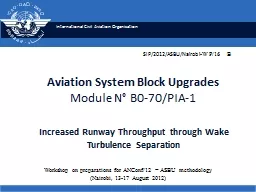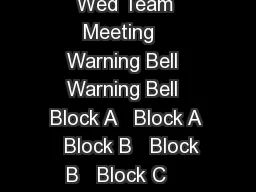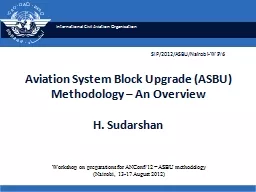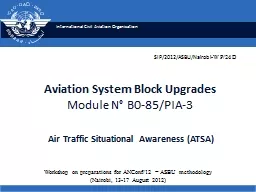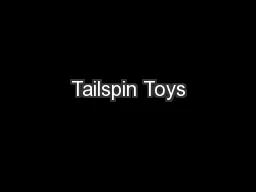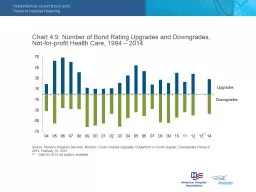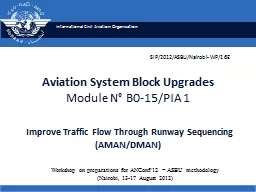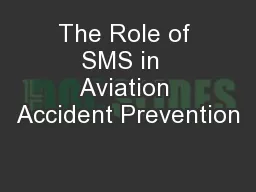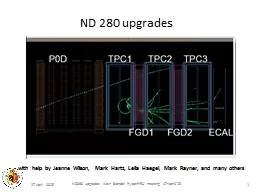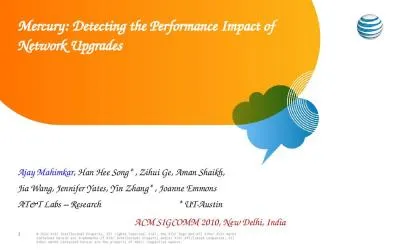PPT-Aviation System Block Upgrades
Author : cheryl-pisano | Published Date : 2015-09-29
Module N B070PIA1 Increased Runway Throughput through Wake Turbulence Separation SIP2012ASBUNairobi WP16 B Workshop on preparations for ANConf12 ASBU methodology
Presentation Embed Code
Download Presentation
Download Presentation The PPT/PDF document "Aviation System Block Upgrades" is the property of its rightful owner. Permission is granted to download and print the materials on this website for personal, non-commercial use only, and to display it on your personal computer provided you do not modify the materials and that you retain all copyright notices contained in the materials. By downloading content from our website, you accept the terms of this agreement.
Aviation System Block Upgrades: Transcript
Download Rules Of Document
"Aviation System Block Upgrades"The content belongs to its owner. You may download and print it for personal use, without modification, and keep all copyright notices. By downloading, you agree to these terms.
Related Documents

